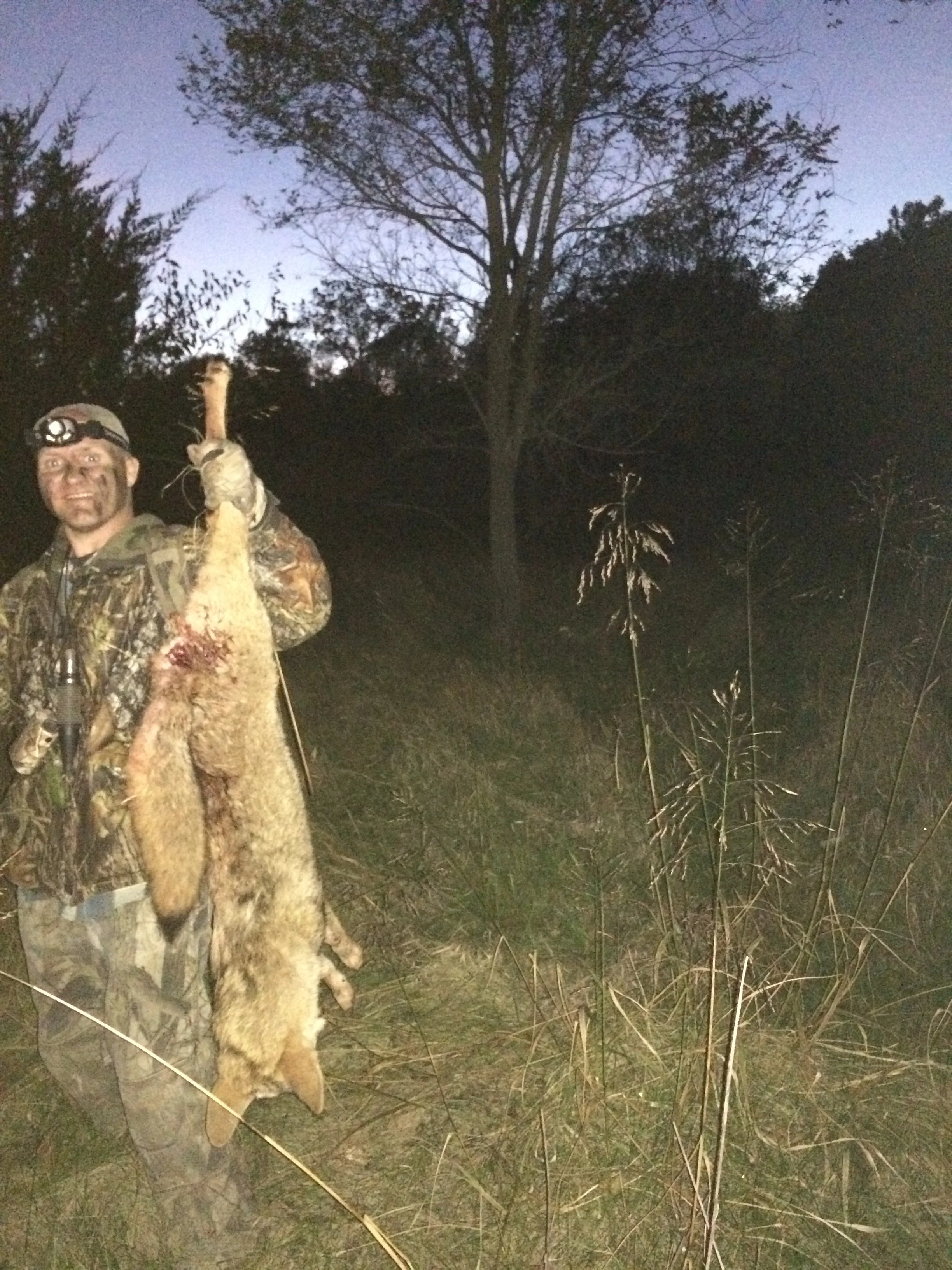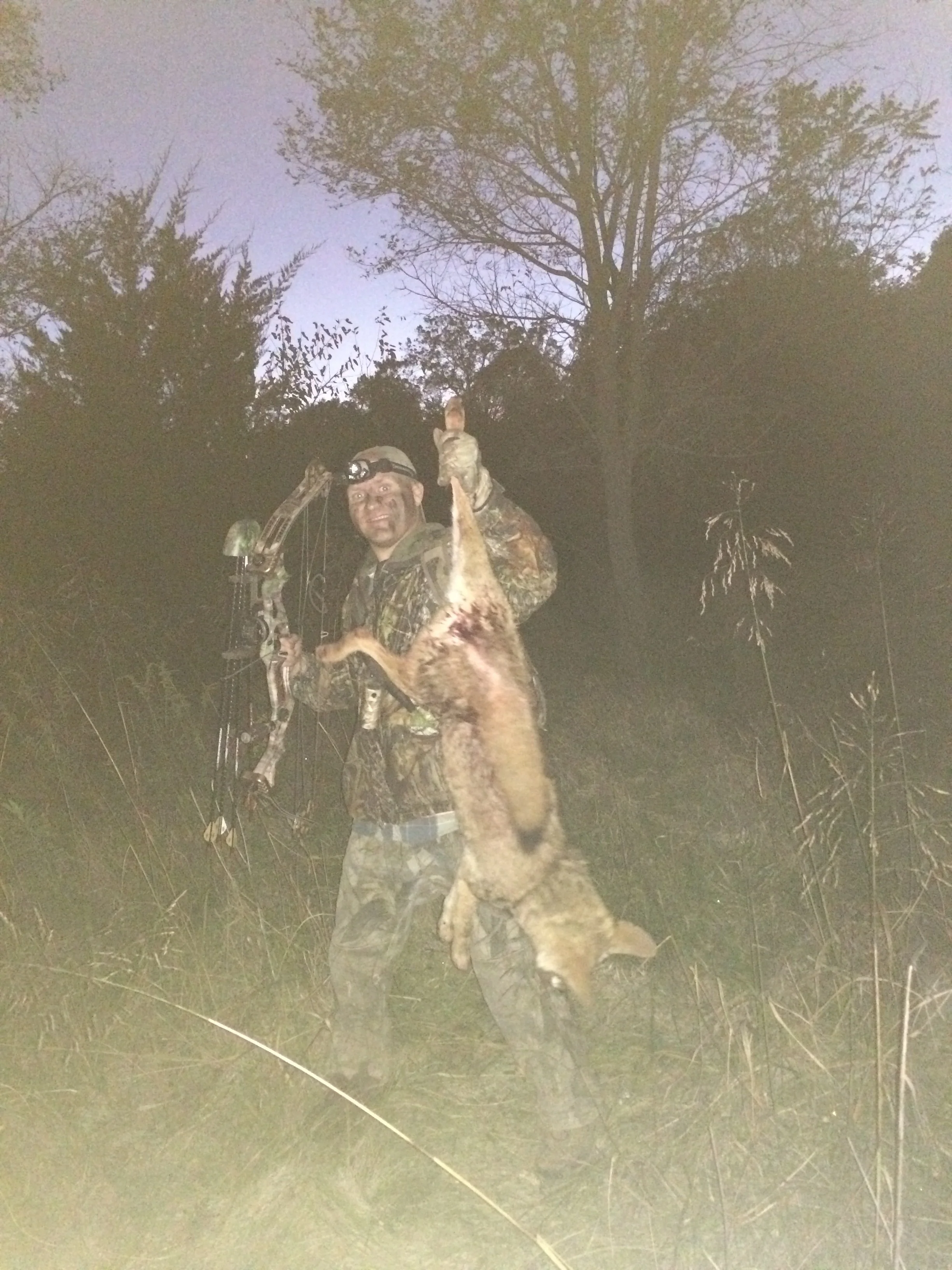During the 1850’s and 1860’s the Navajos found themselves at war with US frontier troops. In 1863 Kit Carson invaded the Navajo’s homeland and by 1864 8,000 Navajos surrendered. They were condemned to a 300 mile march to the Bosque Redondo prison camp in eastern New Mexico. Here they sat under constant guard and contemplated how they could return to their homeland.
While imprisoned small groups would break out and flee west across New Mexico. Years passed and in 1868 the United States agreed to a treaty that would allow all the imprisoned Navajos’ to return to a reservation on their “homeland.”
Navajo leaders credited the deal to a ritual called Coyote Way. During this ceremony they received enough “Coyote Power” to convince the army to release them.
Dan Flores defines Coyote Power in his book Coyote America as “surviving by one’ intelligence and wits when others cannot; embracing existence in a mad, dancing, laughing, sympathetic expression of pure joy at evading the grimmest of fates; exulting in sheer aliveness; recognizing our shortcomings with rueful chagrin.”
After reading that phrase I asked myself if he was referring to the same coyote I am familiar with. Growing up in Nebraska I was raised with a different perspective of this predator. In fact most references I heard about coyotes started with the phrase “dirty ole coyote” or “if you see a coyote shoot the son of bitch.”
The reality is coyotes have a unique relationship with humans. As an outdoorsman I know I share the woods with them. In fact they remind me of their presence with howls at sunset. Yet in any given year I can usually count the number of close encounters with coyotes on both hands. Is the bad wrap justified? Or can we learn from this animal that has managed to survive through years of persecution?
As humans settled the west a war was waged against predators. In the beginning wolves attracted most of the attention. Hunting and trapping weren’t getting the results desired and poisoning became a common practice. The method worked on wolves by basically eradicating them from the lower 48 states. Once the wolf population was controlled the focus shifted to coyotes.
At one point the government placed a bounty of $1 a coyote. It is estimated that over $1,000,000 a year was being paid out. In fact coyote hides served as a form of currency because the possessor new they could get $1 for it.
Ranchers soon placed coyotes as public enemy number one as they started to kill livestock. Yet coyotes continued to strive. Coyotes enlarged their prey base. Litter sizes also increased, and they figured out how to live among humans. In fact, today most major cities have some kind of coyote population inside the city limits.
I have been fortunate to observe coyotes in the wild. I have shot a couple with my bow and every opportunity to see a coyote up close excites me. I understand that coyotes need to be managed. They can impact livestock and other wildlife populations. But I respect them and believe we can learn from their resilience.
How Does This Apply to Business
Coyotes have the ability to adapt. They don’t make excuses or sit around talking about the good old days. This animal looks at their situation and makes it better finding a way to survive. Bottom line: coyotes are persistent.
Success is achieved working as a team. Coyotes work in a pack. I witnessed a pack of coyotes hunting. Weaving in out of brush they covered more ground together than as an individual. The distant squall of a rabbit indicated they accomplished their goal. The easiest path to success is working on a team.
Cleverness is a coyote’s greatest quality. In business we call this innovation.
Are you persistent? Or do you give up at the first sign of adversity? The coyote has a simple goal: survive. They leverage the help of others and the resources available to thrive in a world that takes every opportunity to cut them down.
I will still shoot a coyote when the opportunity presents itself. However, Dan Flores book Coyote America opened my eyes to the fact that maybe humans aren't that much different than a coyote. We make the best of our situations and find a way to survive.
Until next time remember…you’re going to have to earn it.

